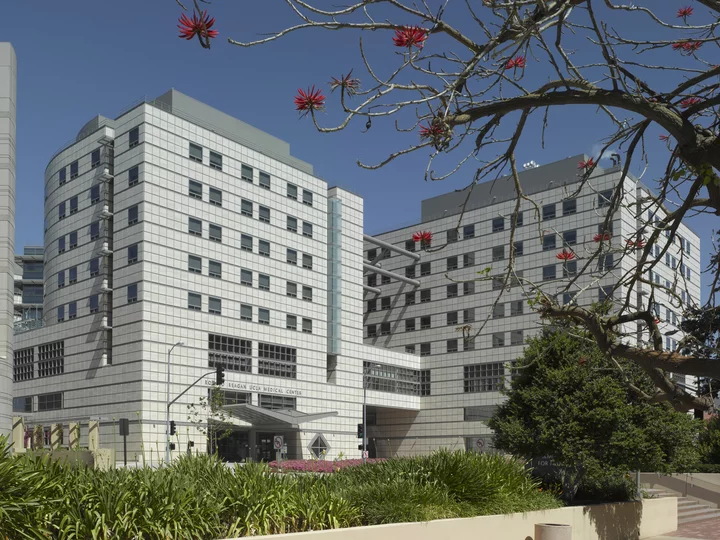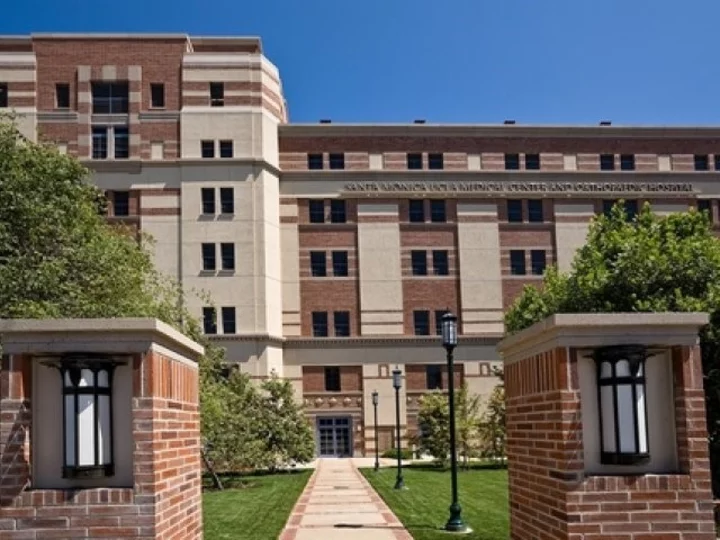Medical Toxicology Fellowship Program
About the Medical Toxicology Fellowship Program
The UCLA Medical Toxicology Fellowship was established in the fall of 2023 and matched its inaugural fellow in November of 2023. The progam is a two-year, post-graduate, ACGME accredited training program at UCLA Ronald Reagan. The program is approved to take two fellows each year. Fellows evaluate both inpatients and outpatients at UCLA Ronald Reagan and outpatients at UCLA Santa Monica and West Hills hospital. They also participate in a telehealth evaluations at UCLA Harbor.
The fellowship aims to train highly qualified physicians to become skilled clinicians, scholars, researchers, and leaders in the specialty of medical toxicology. The program combines the benefits of working in and participating in the management of an internationally renowned, academic university hospital in the heart of Westwood. Presently, entry to the fellowship program is available only to physicians who have completed a three or four-year Emergency Medicine Residency program.
Institutions
Ronald Reagan UCLA Medical Center
The Ronald Reagan UCLA Medical Center (RRMC) is located at the southern end of the beautiful UCLA campus in Westwood. It is a state-of-the-art 520 bed academic medical center that offers a full range of medical and surgical services from primary to sub-specialty care. The one million-plus square foot, 10-story structure encompasses the operations of Ronald Reagan UCLA Medical Center, the Stewart and Lynda Resnick Neuropsychiatric Hospital at UCLA and the Mattel Children's Hospital. UCLA is consistently rated in the top 10 medical centers in the country by US News and World Report. The 41-bed Emergency Department treats 52,000 patients per year and serves as a Level 1 Trauma center, as well as Comprehensive Stroke, STEMI, and Pediatric Critical Care center. There are also hyperbaric chambers on campus.

Olive View-UCLA Medical Center
Olive View-UCLA Medical Center is a public safety net hospital serving the two million residents living in the San Fernando Valley, located at the northern section of Los Angeles County. OV-UCLA is a major teaching affiliate of the David Geffen School of Medicine at UCLA with medical students, residents, and fellows spending a significant portion of their training at OV-UCLA. Residents of the UCLA Emergency Medicine residency program spend 50% of their training at OV-UCLA. The hospital has 377 beds, while the 25,000 square foot Emergency Department, which was built in 2011, has 51 beds. The ED census is roughly 60,000 patients per year. The majority of patients are working poor, immigrants, and/or primarily Spanish-speaking.

Santa Monica-UCLA Medical Center
Santa Monica-UCLA Medical Center (SMMC) is a 265-bed full-service community hospital. Located in beautiful Santa Monica, it serves as a center of excellence for orthopedic surgery, pediatrics, obstetrics, STEMI, and recently became a stroke center. The hospital became part of UCLA Health in 1995. The ED is a busy, efficient community practice, serving 50,000 patients per year in a modern 22-bed facility. Attendings supervise medical students in the ED. While residents do not rotate through the ED at this time, residents and fellows from other services (e.g., orthopedics, obstetrics, surgery) are available to perform real-time consultations in the ED.

Fellows will receive a broad education in medical toxicology and addiction medicine. While still a relatively new service, the toxicology service already evaluates over 500 patients a year at UCLA Ronald Reagan and Santa Monica, with volumes expected to continue to increase, especially as services start at West Hills Hospital. Fellows evaluate patients presenting following a variety of exposures including rattlesnake envenomations, cardiovascular drug toxicity, drug and alcohol intoxication and withdrawal, and carbon monoxide toxicity. There is a hyperbarics service at UCLA Ronald Reagan providing further hyperbaric experience. The medical toxicology outpatient clinic takes place one afternoon each week. The clinic is very busy and evaluates patients presenting following a variety of exposures including heavy metals and solvents, and people exposed to nearby toxic outbreaks. Additionally, fellows rotate on the addiction medicine service throughout the year, including working with the toxicology attendings who also work as attendings on the service.
Poison center education is provided by the West Texas Poison Center. Fellows will rotate virtually with the toxicologists at the poison center including participating in daily case review, SPI education, and taking poison center call. Fellows will also work with EMS physicians in the area to supplement their HAZMAT education.
Fellows attend NACCT in the fall and ACMT ASM in the spring and should be able to attend the Western Fellows’ Conference. They also have the opportunity to participate on hospital committees including the Pharmacy and Therapeutics Committee and the emergency department peer review committee.
Our weekly toxicology conference takes place each Wednesday. In addition to the clinical faculty, toxicologists from the region also participate in the weekly didactics. In addition, there are presentations from experts in pharmacology, laboratory medicine, poison center direction, education, statistics, public health, critical care, and publishing. Fellows also have the opportunity to learn about forensic toxicology and medical legal practices. National conferences including ACMT National Case Conference and Grand Rounds along with AACT webinars are reviewed during conference.
Fellows also can participate in national organizations including ACMT, AACT, ACEP, AAEM, and ASAM. The faculty are leaders in multiple organizations and serve on several committees providing fellows opportunity for involvement. The service is very active in ToxIC and participates in the NASBR, Fentalog, and DOTS projects.
Fellows are also provided with the opportunity to lecture to a number of different services. Toxicology has rotators from a variety of services including emergency medicine and pediatrics with more coming providing fellows with daily teaching opportunities.
So why come to UCLA? Well beyond the perfect weather and access to almost anything you’d want to do? Literally, hiking, the beach, skiing, great restaurants, shows, musicals, and any sport you want to see are all here! Yes, we are a new program, but Dr. Schwarz was previously the fellowship director at a new program so has experience building fellowships. Dr. Levine is from LA and has been practicing here for over a decade so is very well known in the region. The toxicology faculty are national leaders and well-connected offering fellows multiple opportunities in many different areas. Finally, emergency department administration is incredibly supportive and a major reason the division has grown so quickly
- Michael Levine, MD
- Hannah Spungen, MD
- Evan Schwarz, MD
- Cindy Koh, MD (West Los Angeles Veteran Affairs Hospital)
- David Tanen, MD (Harbor UCLA)
- Ryan Morgan, Pharm D
- Paul Wax, MD (ACMT Executive Director)
- Please see more details: Medical Resident Salary & Benefits
- UCLA employee, CME allowance, and support for conferences
- The fellowship participates in ERAS and NRMP.
- If there are open spots after the match, interested individuals can contact us directly about applying.
Evan Schwarz, MD, FACMT, FACEP, FASAM
Fellowship Director
Eschwarz@mednet.ucla.edu
Nathalia Rodriguez
Fellowship Coordinator
Department of Emergency Medicine
1100 Glendon Avenue, Suite 1200
Los Angeles, CA, 90024
nathaliaerodriguez@mednet.ucla.edu
Interviews will be granted to qualified applicants by invitation.
Applicant Requirements
- Graduation from a 3 or 4-year ACGME accredited Emergency Medicine Residency training program.
- Eligible to obtain a California Medical License.
- References available upon request.